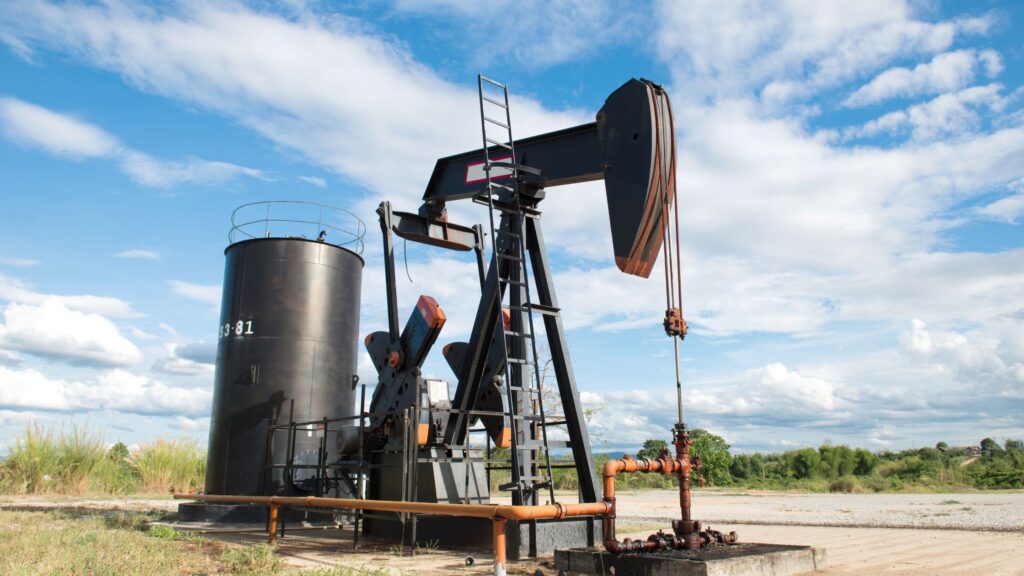Over the years, there have been different measures considered by states to enjoy the benefits that accessible resources provide while also ensuring that communities are paid for the infrastructural perks that mineral resources can offer.
With this in mind, various forms of severance taxes are imposed by states on the exploitation and sales of oil and natural gas.
These severance taxes apply to the extraction and production of natural resources. As you peruse this comprehensive guide, you will learn more about what severance taxes are and how they can be calculated.
What is a severance tax?
A severance tax is a state tax that is often imposed due to the extraction and production of non-renewable natural resources, which are intended for consumption in another state. Some of these natural resources include uranium, crude oil, and methane.
An oil severance tax only contribute to a small fraction of the overall government revenue, besides certain states rich in resources, including Wyoming and North Dakota. The aim of a severance tax is to compensate states for losing their non-renewable resources.
How does severance tax work?
Oil and gas producers and other parties involved with royalty interest in mineral operations are charged with state severance taxes in the imposing state. This tax is estimated based on either the volume or value of production. However, in some cases, a combination of both can be used.
As mentioned above, the gas severance taxes are aimed at compensating states for severing or losing their non-renewable resources while also accounting for any costs that are related to extracting these resources. Yet, this oil severance tax is only charged whenever a well can produce a specific level of natural resources, which depends on the particular state government.
In some cases where the rate of tax might prove too much for producers to incur, certain tax incentives might be allowed. These are designed to reduce the tax rate to prevent extractors from abandoning wells. For this reason, these tax breaks help oil and gas producers expand their operations.
For royalty owners, they are required to pay a certain proportional share of oil severance taxes. This is only reflected in their monthly royalty owner revenue statement. It is possible that these owners are required to pay gas severance tax even without realizing a net profit on their investment.
Yet, it must be stressed that these state severances are deductible against federal corporate income tax liabilities. A severance tax is not the same as an income tax. Besides severance taxes, royalty owners must still pay every state and federal income tax on oil and gas income.
Depending on the amount that is produced, specific wells may be free from severance taxes. However, this is based on state rules.
In the state of Colorado, any gas well that does not produce up to an average of 90,000 cubic feet per producing day or an oil well that produces less than 15 barrels per producing day on average is free from a severance tax.
How is severance tax calculated?
The severance tax can be calculated based on either the volume or value of production – or a combination of both.
Value Taxes on Oil and Gas Production
It is not uncommon to find many states taxing the value of the oil and natural gas. Oftentimes, these severance taxes are applied during production, before taking into consideration costs related to distribution and transportation. Sometimes, it can prove difficult to execute value taxes, thanks to the fact that states have to closely monitor the sales of oil and gas. This will help them figure out the current market value.
Besides this, value taxes can render states’ severance tax revenue predictions quite difficult to make since the prices are susceptible to unexpected swings. For instance, in Wyoming and Texas, assessed oil and natural gas values are taxed with reduced rates to ensure that production is encouraged in specific well types.
In Idaho and Colorado, the gross income from oil and gas produced is taxed, instead of estimating the monthly market value.
Taxing the Volume of Oil and Gas Produced
In numerous states, the volume of produced oil or gas is taxed. This is particularly done per barrel of oil or per 1,000 cubic feet of natural gas. Even though this can seem simple to implement, these severance taxes reflect no price fluctuations. In most cases, the volume produced is taxed by Gas and oil conservation fees and assessments with a relatively low flat rate. This is often adjusted annually.
In the state of Arkansas, a value tax is placed on gas and oil through its severance tax besides any fee per volume of oil and gas produced as an oil and gas assessment. For most states, these volume taxes are designed to be adjusted easily. This allows it to adapt to varying market values of oil and gas.
Value-Volume Taxes on Oil and Gas Production
As mentioned earlier, some states that embrace severance taxes combine both the volume of oil and gas produced and the oil and gas market value or apply separate taxes to the volume and value. In Montana, severance tax rates are adjusted on production value, depending on the volume of oil or gas that is produced from a well, besides its classification. With this approach, a state can increase its severance tax income anytime the oil and gas industry flourishes. This can also minimize state pressure whenever the industry lags.
Severance Tax Incentives
Severance tax incentives facilitate the reduction or suspension of severance taxes that are imposed on the production of oil and gases. These incentives encourage operators to engage in activities that produce oil and gas resources, which otherwise might have been uncovered.
The aim of these incentive programs is to ensure that the economy is strengthened by facilitating investment in the production and exploration of natural resources while maximizing these resources. The provision of reductions of the severance tax on the production of oil and gas effectively reduces the cost of production.
How does severance tax vary by state?
As mentioned earlier, the severance tax imposed varies from one state to another. Similarly, the method used to calculate severance taxes – value and volume taxes – depends on the state. For instance, in Oklahoma, the tax rates on gross production value are adjusted depending on the present value of gas.
Conclusion
Severance taxes represent a form of compensation that states receive for the severance of non-renewable resources. However, different states have different rules when it comes to estimating an oil severance tax. Incentives are also provided to investors to promote their If you are into an oil and gas business, this is an important term you should acquaint yourself with.







